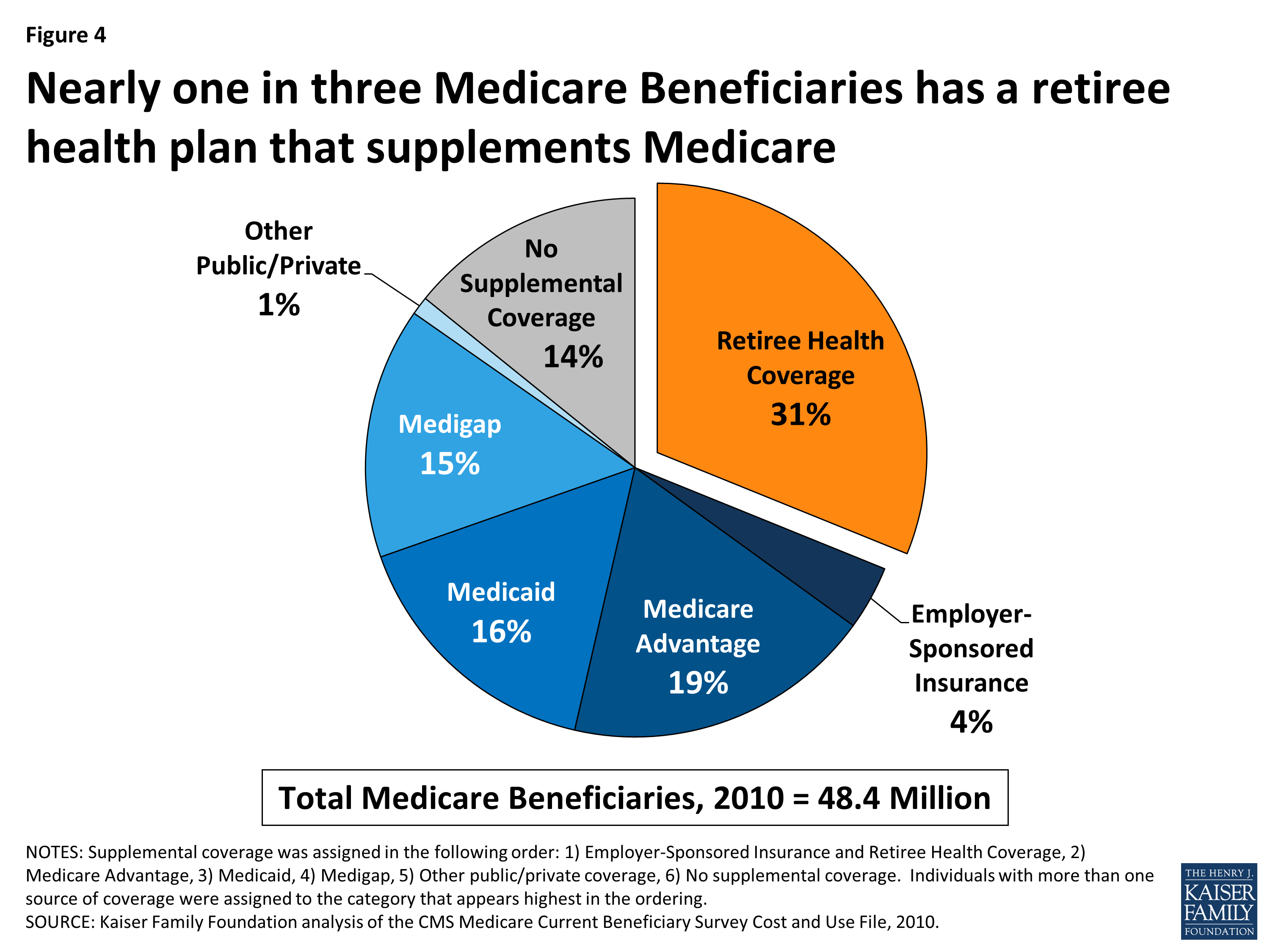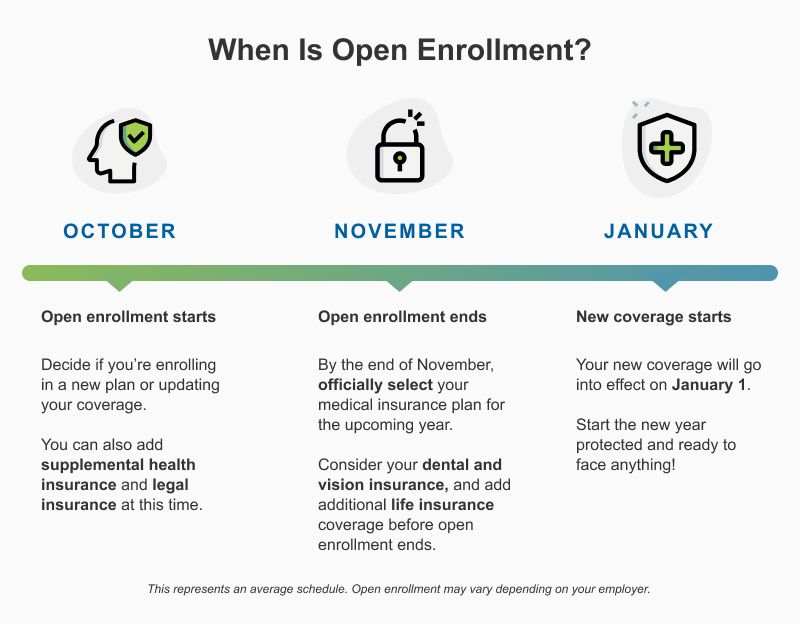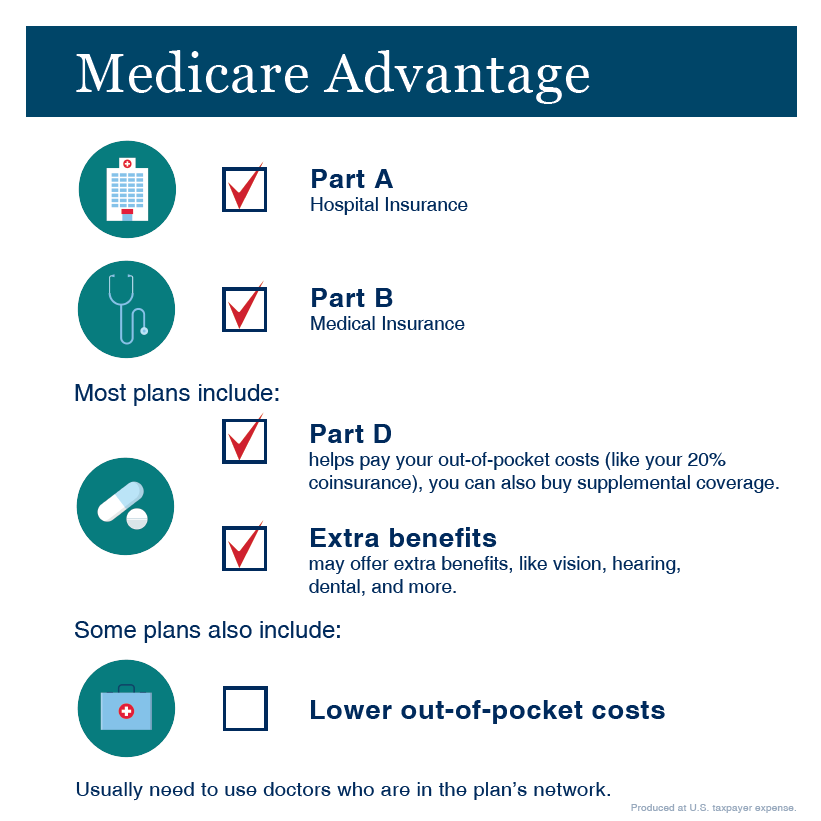Medicare Advantage Agent Fundamentals Explained
Table of Contents6 Easy Facts About Medicare Advantage Agent ExplainedIndicators on Medicare Advantage Agent You Need To KnowThe 45-Second Trick For Medicare Advantage Agent

adheres to from puzzling the fairly young age profile of the uninsured with the far better health, typically, of more youthful persons. This covers the web link between health and wellness status and medical insurance. For those without access to workplace wellness insurance policy, poor health and wellness is a prospective obstacle to buying nongroup insurance coverage due to the fact that such insurance coverage may be highly priced, omit preexisting problems, or be merely not available. The number of without insurance Americans is not particularly large and has actually not transformed in current years. 7 out of 10 respondents in an across the country depictive study assumed that less Americans lacked wellness insurance policy than actually do(Fronstin, 1998). Roughly fifty percent(47 percent )believed that the variety of people without health and wellness insurance coverage lowered or stayed consistent over the latter fifty percent of the last decade(Blendon et al., 1999). This decrease of virtually 2 million in the variety of people 'without insurance policy (a decrease
of around 4 percent)is certainly a positive modification. With a softer economic climate in 2000 the most up to date reported gains in insurance policy coverage might not proceed(Fronstin, 2001 ). The decline in the number of uninsured will certainly not continue if the economic climate remains sluggish and healthcare prices remain to outpace inflation. This is due to the fact that the information were collected for a duration of strong financial performance. Of the approximated 42 million individuals who were without insurance, all but about 420,000(about 1 percent)were under 65 years of age, the age at which most Americans come to be eligible for Medicare; 32 million were grownups between ages 18 and 65, about 19 percent of all grownups in this age; and 10 million were youngsters under 18 years old, about 13.9 percent of all children (Mills, 2000). These quotes of the variety of individuals without insurance are generated from the annual March Supplement to the Existing Populace Survey (CPS), conducted by the Census Bureau. Unless otherwise kept in mind, nationwide estimates of individuals without medical insurance and percentages of the populace with different kinds of insurance coverage are based on the CPS, the most extensively used source of estimates of insurance policy protection and uninsurance rates. These surveys and the price quotes they produce are explained briefly in Table B. 1 in Appendix B - Medicare Advantage Agent. These surveys vary in dimension and sampling techniques, the inquiries that are asked concerning insurance policy
Medicare Advantage Agent - The Facts
insurance coverage, and the time duration over which insurance protection or uninsurance is measured(Lewis et al., 1998, Fronstin, 2000a ). Still, the CPS is specifically valuable since it creates yearly quotes relatively quickly, reporting the previous year's insurance coverage estimates each September, and because it is the basis for a constant collection of price quotes for greater than twenty years, permitting evaluation of patterns in insurance coverage gradually.

The Facts About Medicare Advantage Agent Uncovered
Over a three-year duration starting early in 1993, 72 million individuals, 29 percent of the united state population, lacked insurance coverage for at least one month. Within a solitary year(1994), 53 million individuals experienced a minimum of a month without protection(Bennefield, 1998a). 6 out of every ten without insurance grownups are themselves used. Although working does improve the chance that one and one's relative will certainly have insurance coverage, it is not a guarantee. Even members of family members with two full-time breadwinner have almost a one-in-ten possibility of being uninsured (9.1 percent without insurance price)(Hoffman and Pohl, 2000 ). The relationship between medical insurance and accessibility to care is well established, as recorded later in this chapter. Although the connection in between medical insurance and health and wellness end results is neither straight neither basic, an extensive professional and wellness solutions study literature links medical insurance protection
to enhanced access to care, far better quality, and boosted personal and population health and wellness standing. The 2nd report, on personal health outcomes for without insurance grownups, is represented by the innermost circle of the number, while the third record, on family members wellness, encompasses the subjects of the second record yet emphasizes a various device of evaluation, specifically, the family. The sixth report in the series will provide information about approaches and efforts carried out locally, statewide, or nationally to address the absence of insurance policy and its damaging impacts. Degrees of analysis for checking out the results of uninsurance. This conversation of medical insurance protection concentrates mainly on the united state population under age 65 because practically all Americans 65 and older have Medicare or various other public insurance coverage.
Furthermore, it concentrates particularly on those without any health insurance policy for any type of length of time. The problems encountered by the underinsured remain in some respects comparable to those encountered by the uninsured, although they are usually much less serious. Uninsurance and underinsurance, nonetheless, include distinctly different plan problems, and the techniques for resolving them might vary. Throughout this study and the 5 reports to adhere to, the primary this article focus is on individuals with no health insurance coverage and thus no support in paying for wellness care beyond what is available with charity and safeguard institutions. Wellness insurance coverage is an effective element influencing receipt of treatment try this because both patients and physicians reply to the out-of-pocket rate of solutions. Wellness insurance, nevertheless, is neither essential nor adequate to gain access to medical services. The independent and straight impact of health
insurance coverage protection access accessibility health wellness solutions well established. Others will obtain the health and wellness treatment they require even without health insurance coverage, by paying for it out of pocket or seeking it from companies that provide care free or at highly subsidized prices. For still others, health and wellness insurance coverage alone does not make sure receipt of treatment since of other nonfinancial barriers, such as a lack of health and wellness treatment providers in their area, restricted accessibility to transportation, illiteracy, or linguistic and social differences. Official research study about without insurance populations in the USA dates to the late 1920s and very early 1930s when the Committee on the Expense of Treatment created a series of reports about funding physician workplace visits and hospitalizations. This issue became salient as the varieties of clinically indigent climbed up during the Great Clinical depression. Empirical researches constantly sustain the web link between accessibility to care and improved wellness outcomes(Bindman et al., 1995; Starfield, 1995 ). Having a routine source of care can be considered a predictor of accessibility, instead than a direct step of it, when wellness results are themselves made use of as gain access to signs. This extension of the notion of accessibility measurement was made by the IOM Board on Monitoring Accessibility to Personal Healthcare Solutions(Millman, 1993, p. Whether parents are insured appears to impact whether or not their view youngsters obtain treatment along with how much careeven if the children themselves have coverage(Hanson, 1998). The health and wellness of parents can affect their ability to care for their youngsters and the level of family stress and anxiety. Stressing over their youngsters's accessibility to care is itself a source of anxiety for parents. Three phases follow in this report. Phase 2 provides an overview of just how employment-based medical insurance, public programs and private insurance plan operate and engage to give comprehensive yet incomplete coverage of the united state population. This consists of an evaluation of historic patterns and public policies impacting both public and exclusive insurance policy, a discussion of the communications among the various sorts of insurance coverage, and an exam of why individuals relocate from one program to one more or wind up
